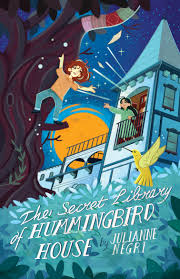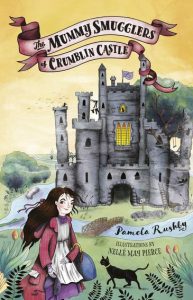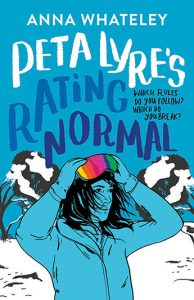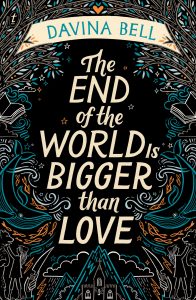July had an explosion in reviews for children’s books– twenty-five–but a fall in young adult reviews–down to two. One book reviewed has been entered several times since it came out. This is an interesting trend, seeing what books, genres and audiences are read more at certain times. Admittedly, I am responsible for at least half of the reviews for younger readers–so many to review this month! We still have our regulars and sometimes a new name at times.
Children and younger readers
We had a wide array of books read in this category, covering a wide range of genres and subjects that need to be explored in literature for all readership groups. Brona from Brona’s Books read several books that dealt with Indigenous issues and characters, written by Indigenous authors. The first post I’m including by Brona is about Indigenous picture books, and the role they can play in informing, entertaining and giving Indigenous people a voice and representation in the books they read and can access. These books can also give non-Indigenous readers an insight into issues they might not always think about.
Brona also review The Secret Library of Hummingbird House by Julianne Negri – This is one that I have on my shelf, and I am really looking forward to reading it. Brona said it’s the kind of book she would have devoured over and over, which sounds like it will appeal to a wide range of readers, based on the themes that the book encapsulates, and the time travel element. This is one that I’m very keen to read and might have to bump up the to be read list!
There were a few historical fiction books entered this month, and one I enjoyed was The Mummy Smugglers of Crumblin Castle by Pamela Rushby. Egypt has always been fascinating. In this book, the ancient meets the modern, crime meets justice and the world of Egypt collides with mystery and mystique and questions of ethics and morals in archaeology during the Victorian era. I loved this book and would love to revisit it one day. I loved this for so many reasons, and it fits nicely into one of my favourite genres to read.
Finally, with my focus on historical fiction, I’m also including Beyond Belief by Dee White. I also interviewed Dee White during lockdown for Isolation Publicity to help her promote her books coming out this year. This book explored a period of history we are all familiar with, but through the lens of a story, of goings on, that until I read this book, I didn’t know about. I didn’t know that Muslims in Paris had hid Jewish children. This was a fascinating story illustrating the power of seeing beyond propaganda and what you believe to help someone different. It proves that it should not matter whether we share a race, or religion–the right thing to do is to help people in any way we can if they are suffering and our beliefs or assumptions should not colour how we respond to, or treat people.
With so many reviews this month, I had to go with a theme–Indigenous stories and historical fiction. Even within this theme, I had lots to choose from, and wasn’t sure what to include.
Young Adult
Usually we have at least ten books read for the young adult readership. In July, we had two.
Georgia Rose reviewed Peta Lyre’s Rating Normal by Anna Whateley. Since April, Anna’s book has received eight reviews across the past three months. Georgia, like many of our readers, found she could not put this book down, and discusses the concept of being normal, and how the book shows that normal is as unique as a fingerprint. What one person sees as normal is not the same for others, and that anyone can enjoy this book, which I wholeheartedly agree with.
The second and final book entered for young adults this month also comes from Brona. Brona reviewed The End of the World is Bigger than Love. Brona says that this novel will not suit everyone’s taste– which I think is true of all novels, as it umps around in time and space as the characters sift through their memories. It is a multi-genre speculative fiction book that crosses the divide and marries genres to create a singular story. Yet Brona says she wasn’t sure what to expect from the book, nor is it an easy book to describe. This is perhaps a driving reason why it is not the right book for everyone.
It has been interesting to see the ups and downs with the numbers this year, as well as the trends in genres we are reading. Perhaps there is something comforting in historical fiction – we know where it leads to, even if the story being told feels like there is no hope. We also know that most stories will end on a note that gives us hope and a resolution to the unknown when we are facing a world where we don’t know what will happen or when, where we can’t make plans because they could go up in smoke at any time. I’ll keep watching these trends, and will hopefully have a better idea of our COVID reading habits in December.










What a lovely round up. Sounds like there’s some fantastic children’s titles being released. An exciting time to work in a primary school library – you’d be spoiled for choice when ordering new books!
Great wrap up, I wonder what led to the drop in YA reviews. Interesting.
Thanks for including my reviews Ashleigh. I feel like I should stress that even though The End of the World is Bigger Than Love may not be for everyone (I’m looking at you Mr Books!) I absolutely loved reading it. I jumped into Bell’s world feet first and loved the journey she took me on. My review tried to take into account my experience with the book as well as Mr Books.